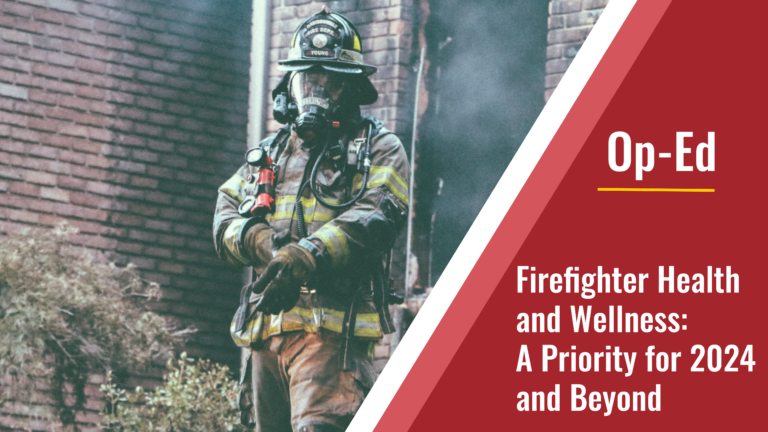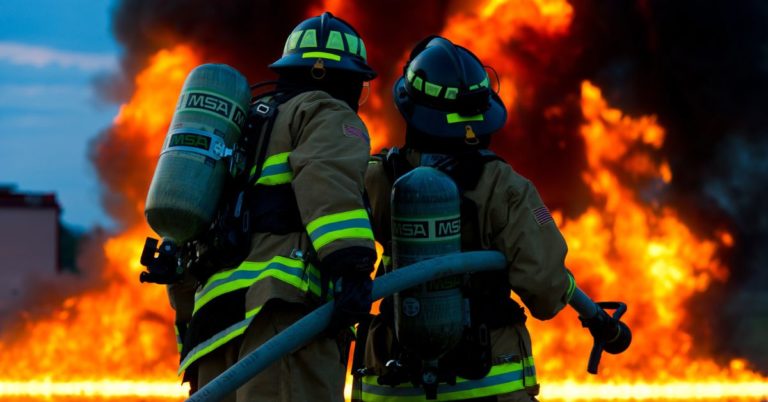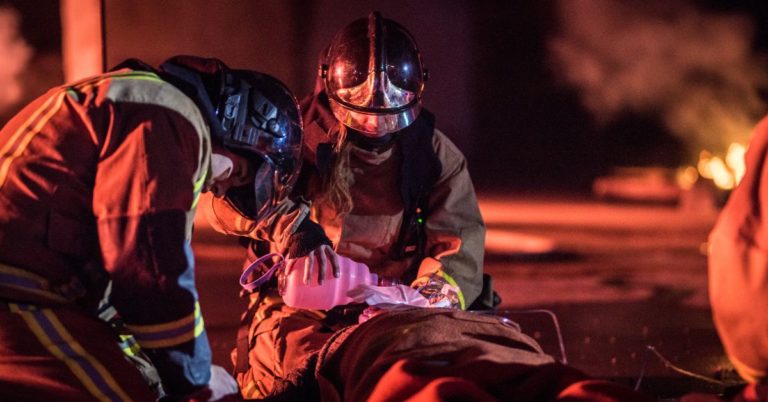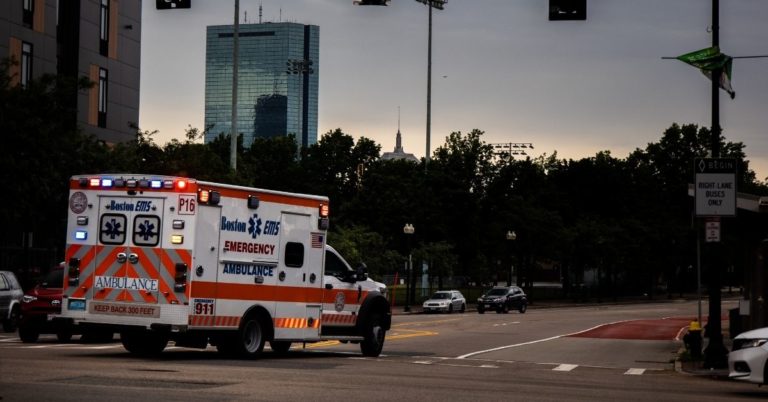The Covid-19 pandemic has brought untold struggle to the United States. Being defenseless against the “invisible enemy” meant that many Americans lost jobs, were isolated, and countless lives have been lost. Many of these souls were and have been at the front lines of this battle; going to work each day to serve their communities the best they could, leaving themselves, their families, and colleagues vulnerable to being infected. We were told as a nation that the way through and beyond this situation was the development and implementation of vaccines for the American public. Now that the vaccines are here, the next layer to this struggle is determining who will receive them first. It is a dilemma that, in many places, has placed first responders behind other segments of society in receiving vaccination.
As a leader and active participant in both the emergency services and political realms, I understand that determining who will be given priority for the coronavirus vaccine is a complex task. States and local governments must weigh their supply against which groups are the best candidates to be inoculated immediately. But the fact remains that Firefighters, EMS personnel, and other first responders are going out into their communities on a daily basis and consistently risking exposure to the virus, putting themselves and their families in danger. It is in the best interest of departments and the communities who depend on them that first responders are able to receive vaccines to prevent illness and maintain safe levels of service.
There is not a uniform policy nationwide to determine who will be first in line, and while the government has recommendations, it is ultimately up to state officials to determine when and to whom a vaccine will be given. The CDC’s recommendations for who should be vaccinated first follows the logic of who is most at risk. “CDC recommends that initial supplies of COVID-19 vaccine be allocated to healthcare personnel and long-term care facility residents. This is referred to as Phase 1a.” As the elderly, especially those in nursing homes were hardest hit, it only makes sense that they would be first. Phase 1b suggests vaccinating frontline workers, such as first responders.
However, some states are pushing frontline workers back and not prioritizing firefighters and EMS personnel. Leaders in the first responder field continue to urge all states to adhere to the CDC guidelines and make sure our first responders are prioritized and protected. We owe them a huge debt of gratitude for the work they have done over the past year. One of the best ways we can thank them is by ensuring that they are protected from the coronavirus. I urge you to reach out to your local and state elected officials today and share your support for our emergency medical responders and demand they receive priority for the COVID-19 vaccine.
Nile Porter is Executive Director of Firefighters & EMS Fund, a national political organization organized under Section 527 of the IRS Tax Code. Contributions made to Firefighters & EMS Fund are not tax-deductible. Not authorized by any candidate or candidate’s committee.






